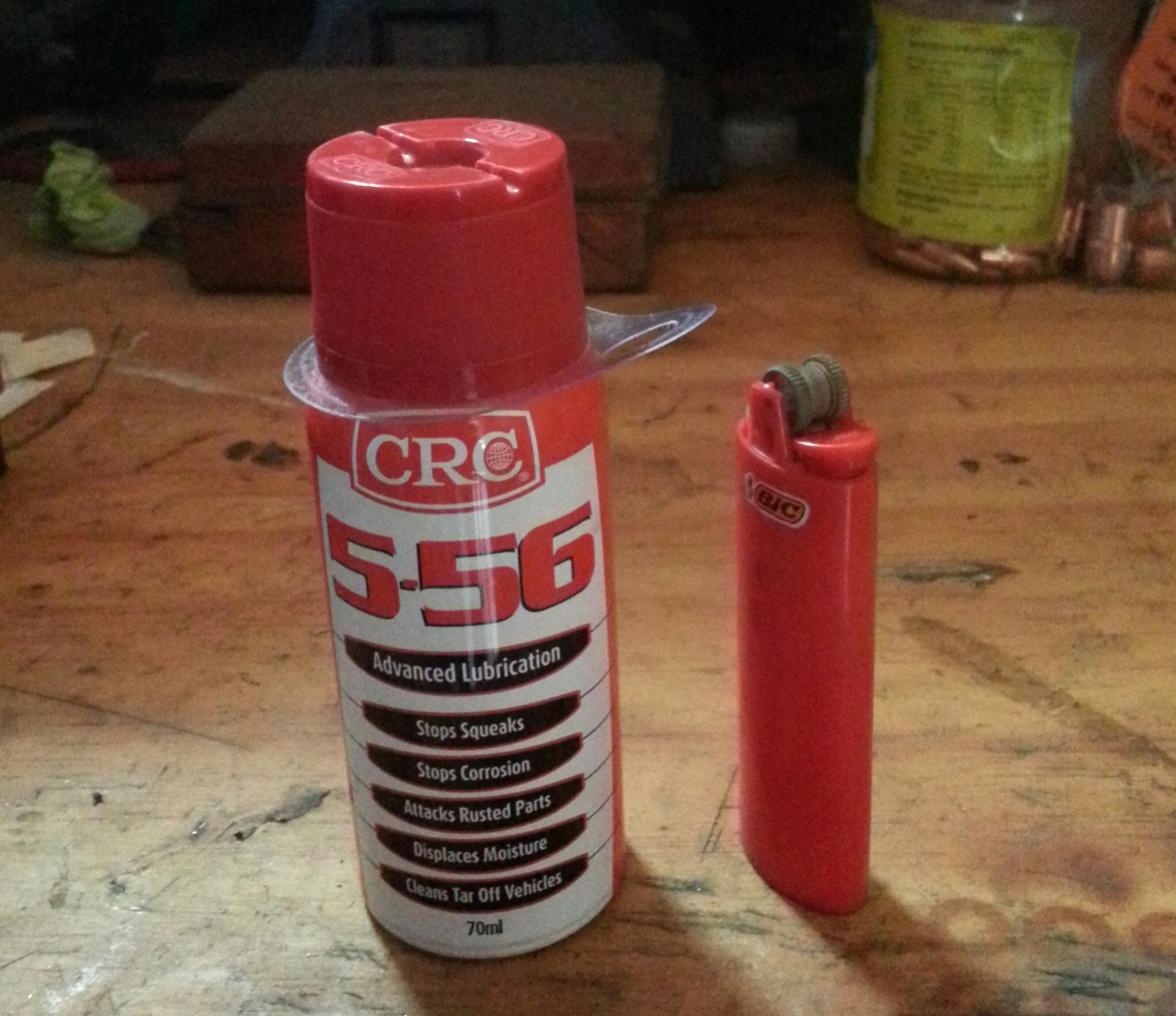Welcome guest, is this your first visit? Create Account now to join.
Welcome to the NZ Hunting and Shooting Forums.
Search Forums
User Tag List
+ Reply to Thread
Results 31 to 36 of 36
Thread: Suppressor sound testing
Similar Threads
-
Dusky Sound
By veitnamcam in forum FishingReplies: 8Last Post: 02-02-2017, 01:33 AM -
Suppressor Recoil Reduction Testing???
By LJP in forum Firearms, Optics and AccessoriesReplies: 16Last Post: 06-04-2016, 08:37 PM -
New sound meter
By ChrisF in forum Firearms, Optics and AccessoriesReplies: 0Last Post: 10-09-2015, 08:43 AM -
That wonderful sound
By big_foot in forum HuntingReplies: 16Last Post: 02-12-2014, 08:09 PM -
Testing the new DELTA suppressor at 534 yards
By ARVOindustries in forum ShootingReplies: 48Last Post: 02-09-2013, 11:24 PM
Tags for this Thread
Welcome to NZ Hunting and Shooting Forums! We see you're new here, or arn't logged in. Create an account, and Login for full access including our FREE BUY and SELL section Register NOW!!





 35Likes
35Likes LinkBack URL
LinkBack URL About LinkBacks
About LinkBacks





 Reply With Quote
Reply With Quote


Bookmarks